If you've been diligently reading our blog, you're already a pro at making fermented tea beverages, and it's time for the exciting finishing touch: the second fermentation . An unexpected variety, combinations tailored to your taste, and complementary ingredients for your delicious kombucha await you here.
What happens during the second fermentation?
After its initial fermentation, kombucha is rich in all valuable nutrients. As always, this popular tea drink gives you a nutrient-rich boost for your body. Drinking a glass of kombucha daily detoxifies your liver, improves your digestion and thus your immune system , increases your energy, brightens your mood, and aids weight loss. If you suffer from acne, hair loss, eczema, and arthritis, kombucha can help restore balance.
The first fermentation is carried out aerobically, i.e. with the addition of oxygen, while the second fermentation takes place anaerobically, i.e. in closed vessels without the addition of oxygen. These are sealed airtight and stored at room temperature . The numerous microorganisms stop the fermentation by removing the oxygen. The anaerobically working yeasts break down the residual sugar as well as the fructose of the added fruit. The resulting carbon dioxide can no longer escape and accumulates in the kombucha (carbonization). During this time, the kombucha takes on the color and flavor of the added fruit. The second fermentation also prevents the kombucha from becoming too sour.
It's important to wait until the secondary fermentation to add any special ingredients that might alter the kombucha flavor. Otherwise, these could disrupt the symbiosis of bacteria and yeast, and your kombucha won't develop the quality it should.
The secondary fermentation primarily serves to fine-tune the flavor. By adding fruits, juices, herbs, or dried fruits, you can spice up your kombucha and be rewarded with a unique fruity aroma and other valuable nutrients.

What do I need for the secondary fermentation?
First, you can ferment your own kombucha at home following these instructions or you can buy ready-made kombucha, such as our Kombucha Original .
Depending on how many different flavors you want to ferment, you'll need several bottles, ranging from 200 to 750 ml . Now, there are no limits to your experimentation. What are your favorite fruits? What herbs or even flowers have you always wanted to combine with the fruit? You'll find some recipes below for inspiration.
When bottling the original kombucha, it's best to leave enough space at the top to the lid. You can fill the remaining space with juices, herbs, flowers, or fruit . The lid must then be sealed airtight . The kombucha can ferment for 2 to 3 days at room temperature . It's important to carefully unscrew the cap once a day to let the pressure escape. After the second fermentation, you can filter the added ingredients and store the kombucha in the bottles in the refrigerator. This stops further fermentation and preserves the flavor and carbonation for longer.
Tip: Please make sure your bottles aren't too thin-walled. Use sturdy bottles, as they must be able to withstand the buildup of carbon dioxide.
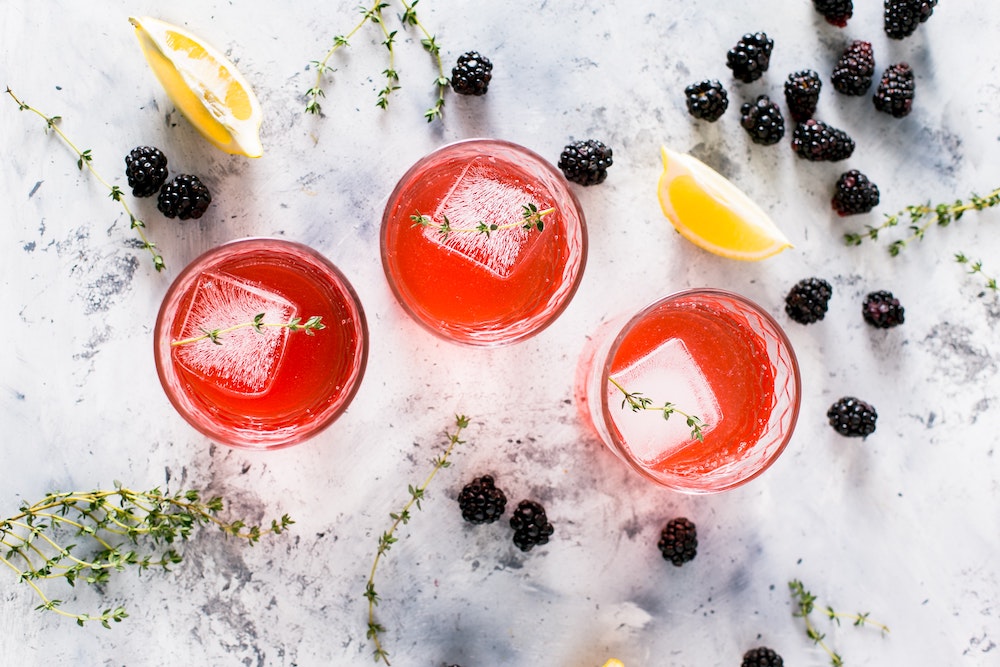
Fruit, herbs and spices for flavor and additional nutrients
By adding fruits, juices, herbs, or dried fruits, you can create your own unique kombucha flavor. Here's a brief overview of possible ingredients.
-
Fresh fruits and berries: strawberries, oranges, apples, watermelons, plums, pomegranates, and lemons – whole, sliced, or pureed. Citrus fruits have a refreshing aroma and promote carbonation.
-
Dried fruits: Dates, figs, cranberries, mulberries, mango, goji berries, raisins, prunes. Because dried fruits have a high sugar content, they produce more carbon dioxide.
-
Fresh herbs: basil, mint, rosemary, thyme, lemon verbena, sage. You can let the herbs ferment or boil them first and then add the cooled brew.
-
Spices: cinnamon, vanilla, coriander, cardamom, ginger, pepper, star anise
-
Flowers: Lavender, rose, daisy, elderberry (elderberry syrup), violet, cowslip, forget-me-not, hibiscus
-
Juices: Orange juice, apple juice, pomegranate juice, grapefruit juice, ginger juice
-
Roots or fresh vegetables: ginger, turmeric, beetroot, cucumber
Tips: Often, less is more. Limiting yourself to one to three ingredients will make the flavor more pronounced. Keep in mind that the yeast needs sugar for the secondary fermentation. If you prefer a fruit-free combination, add 1 to 2 tablespoons of coconut blossom syrup or similar.
Our Kombucha varieties
All of our kombucha varieties are made from organic ingredients from certified organic farming. In addition to Kombucha Original and Mate from the first fermentation, we also offer three varieties enhanced with fruit juices.
Our ingredients at a glance:
Tea infusion (filtered water, South Chinese Sencha green tea, Indian FOP black tea), kombucha cultures (yeast and bacteria cultures), raw cane sugar, ginger juice 2.5%, blackcurrant juice 1%, passion fruit juice 2%, mate tea 1%, carbon dioxide
The juices for secondary fermentation are 100% gently pressed and naturally cloudy mother juice . Mother juice is, from a nutritional perspective, the most valuable juice variant. This is because the juice comes from the first pressing of the fruit and still contains all the cloudy particles. These are tiny particles from the pulp or peel that contain many health-promoting plant compounds .
Power fruits and their effect on your well-being
Ginger: Ginger's plant fibers are rich in vitamin C, trace elements, especially magnesium, iron, calcium, potassium, sodium, and phosphorus, as well as antioxidants, which are considered particularly beneficial to health and are said to have a significantly positive effect on the aging process of cells and the entire organism. The tuber can promote digestion, effectively stimulate metabolic processes and fat burning, and immediately relieve acute stomach complaints, such as travel nausea. Ginger also has anti-inflammatory, antibacterial, circulation-promoting, and cleansing properties. This makes ginger a popular remedy for colds or flu-like infections, for example, as a freshly brewed tea or ginger water.
Passion fruit: Passion fruit, not to be confused with passion fruit, contains vitamin C. Its ingredients also include the B vitamins niacin and riboflavin. Riboflavin plays a role in energy and protein metabolism. Passion fruit seeds contain many unsaturated fatty acids, which is why passion fruit oil is often used in cosmetics.
Blackcurrant: Blackcurrant juice is an old home remedy for sore throats because of its antibacterial and anti-inflammatory properties. This berry contains three times more vitamin C than a lemon. People with high blood pressure benefit from its abundant potassium—more than twice as much as in an apple. It flushes excess water from the body and has a blood pressure-lowering effect. The secondary plant substances in this berry promote circulation and have anti-inflammatory effects.
Recipes for the second fermentation
Please note for each preparation: If you see a lot of bubbles in the bottle, carefully equalize the pressure. Ideally, do this once a day.

Ginger-Lemon Kombucha
This is what you need:
- 4 glass bottles of 200 ml each
- 8 slices of peeled ginger
- 3 bottles of KOMBUCHERY Original
- 30 ml freshly squeezed lemon juice
Here's how it's done:
- Divide the kombucha between 4 bottles.
- Peel and wash the ginger slices and divide them into the bottles.
- Pour lemon juice into the bottles in equal proportions
- Close the bottles.
- Let the kombucha ferment at room temperature for at least 3 days. Then refrigerate to stop the fermentation.
Cranberry-Ginger Kombucha
This is what you need:
- 500 ml finished kombucha
- 2 tablespoons cranberry juice
- 1 teaspoon grated ginger (if you don't like ginger, you can also use freshly squeezed orange juice)
Here's how it's done:
- Pour 1 liter of fermented kombucha into a pressure-resistant swing-top bottle.
- Add the ginger and cranberry juice. If you want a stronger cranberry flavor, you can double the amount of cranberry juice.
- Close and secure the bottle cap.
- Let the drink ferment at room temperature for 5 days and then place the bottles in the refrigerator.
What can cranberries do for you: In addition to their versatile culinary uses, red cranberries are also considered miracle berries, said to help with urinary tract infections in women. The berries also have a diuretic effect and are said to aid weight loss . Cranberries also contain antioxidants and flavonoids, which support your immune system and can slow the aging process.

Kombucha with flowers
This is what you need:
- 800 ml of finished kombucha
- 1 small elderflower umbel
- 10 to 15 chamomile flowers
- 3 lavender flowers
- 3 rosebuds (dried, they have more aroma)
Here's how it's done:
- Pour the kombucha into a swing-top bottle.
- Shake out all the flowers to remove pollen and small insects.
- Pick the small elderflower umbels.
- Separate the chamomile and lavender flowers from the stem just behind the flower heads.
- Pour all ingredients into the bottle.
- Close the bottle and let it stand at room temperature for 1 to 3 days. Feel free to taste it every now and then.
- Once the taste and carbonation level are right, filter the ingredients and store the kombucha in the refrigerator.
What can elderflowers do for you: The flowers contain, among other things, pectin, essential oil, vitamin C, vitamins A and B, tannins, the minerals iron and zinc, trace elements, and plant compounds such as flavonoids. All of these ingredients give the plant diuretic, diaphoretic, laxative, anti-inflammatory, and antiseptic properties . The antioxidants also contained in elderflowers fight off free radicals , neutralizing them and protecting the body from cell damage. Traditionally, elderflowers are used as a "detoxifying agent" to strengthen the immune system.

Minty Strawberry Kombucha
This is what you need:
- 800 ml of finished kombucha
- 3 tbsp sliced strawberries
- 6 to 10 peppermint leaves (depending on the desired intensity)
Here's how it's done:
- Add the strawberry pieces and mint leaves to the fermentation bottle.
- Close the bottle and let the mixture ferment for 1 to 3 days at room temperature.
- After one day, you can already taste the drink. If you like the taste and carbonation level, enjoy it right away or store it in the refrigerator.
What can strawberries do for you: Their vitamin C content is remarkably high. It's 60 mg per 100 g of weighed fruit. You can quickly consume this amount with just 6 to 7 strawberries. Strawberries are also rich in antioxidants . The folic acid they contain is particularly beneficial for pregnant women , helping their child develop. Instead of supplements, 100 g of fruit can contain as much as 43 micrograms of folic acid. You can even safely eat strawberries if you want to lose weight.
You can find more delicious recipes and book recommendations here on our blog.
FAQ
How long does the kombucha last after the second fermentation?
The finished kombucha is essentially non-perishable . It will become more sour and fizzy over time. It's best to keep it refrigerated the entire time to stop the fermentation process.
What ingredients does kombucha contain?
- Bacterial and yeast strains: Acetobacter xylinum, Acetobacter oxydans, Gluconobacter oxydans, Gluconobacter xylinus, Saccharomyces apiculatus, Saccharomyces cerevisiae (baker's yeast), Saccharomyces ludwigii, Schizosaccharomyces pombe
- Vitamins: Vitamin B1, B2, B3, B6, B12, Vitamin C, Vitamin D, Vitamin E, Vitamin K, Folic Acid
- Organic acids: malic acid, succinic acid, acetic acid, folic acid, glucuronic acid, gluconic acid, malonic acid, lactic acid, dextrorotatory (L+) lactic acid, oxalic acid, usnic acid, citric acid
- Trace elements and minerals: iron, magnesium, sodium, potassium, calcium, cobalt, zinc
- Secondary plant substances: flavones, isoflavonoids, polyphenols
- Enzymes, amino acids and tannins: including 14 different amino acids
Does kombucha contain alcohol?
All fermented beverages contain a certain percentage of alcohol, which is produced during the fermentation process.
According to German food law, a beverage may be described as "alcohol-free" if it contains a maximum of 0.5% alcohol. Our kombucha has an alcohol content of less than 0.5%. For comparison, fruit juices can also contain this alcohol content. Since our kombucha is unpasteurized, the exact content may vary slightly depending on storage.
Due to the low, yet still present, alcohol content in kombucha, pregnant and breastfeeding women should play it safe and avoid drinking it. Children should also avoid consuming kombucha daily or too often for the same reason. A daily intake of up to 125 ml is recommended.
Good luck and good health!
 |
Thanks for reading! |

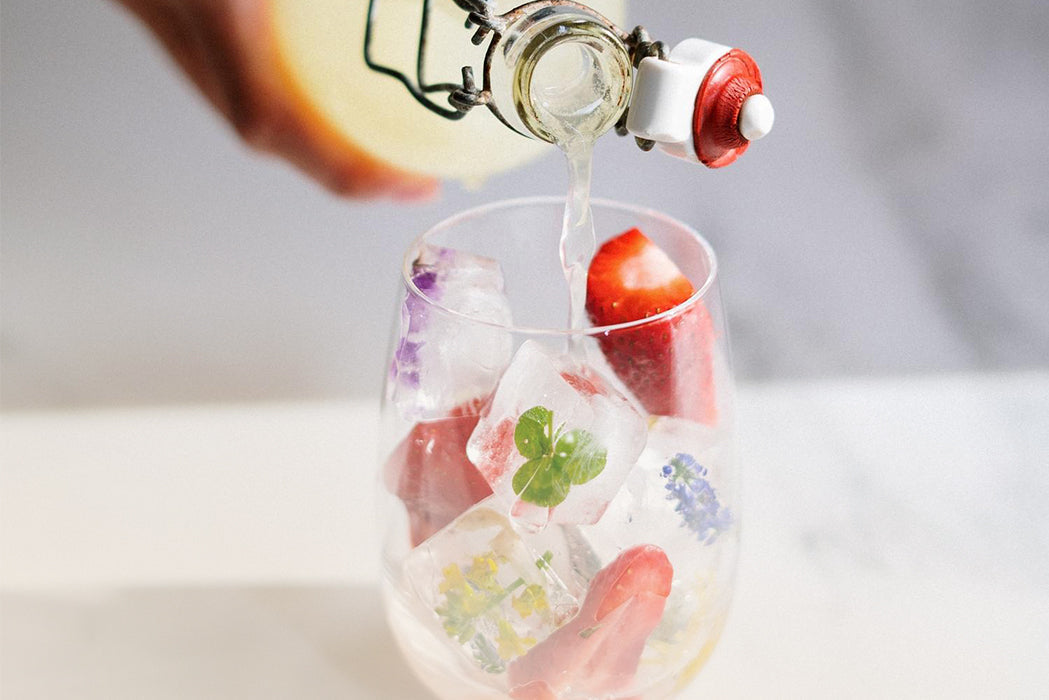
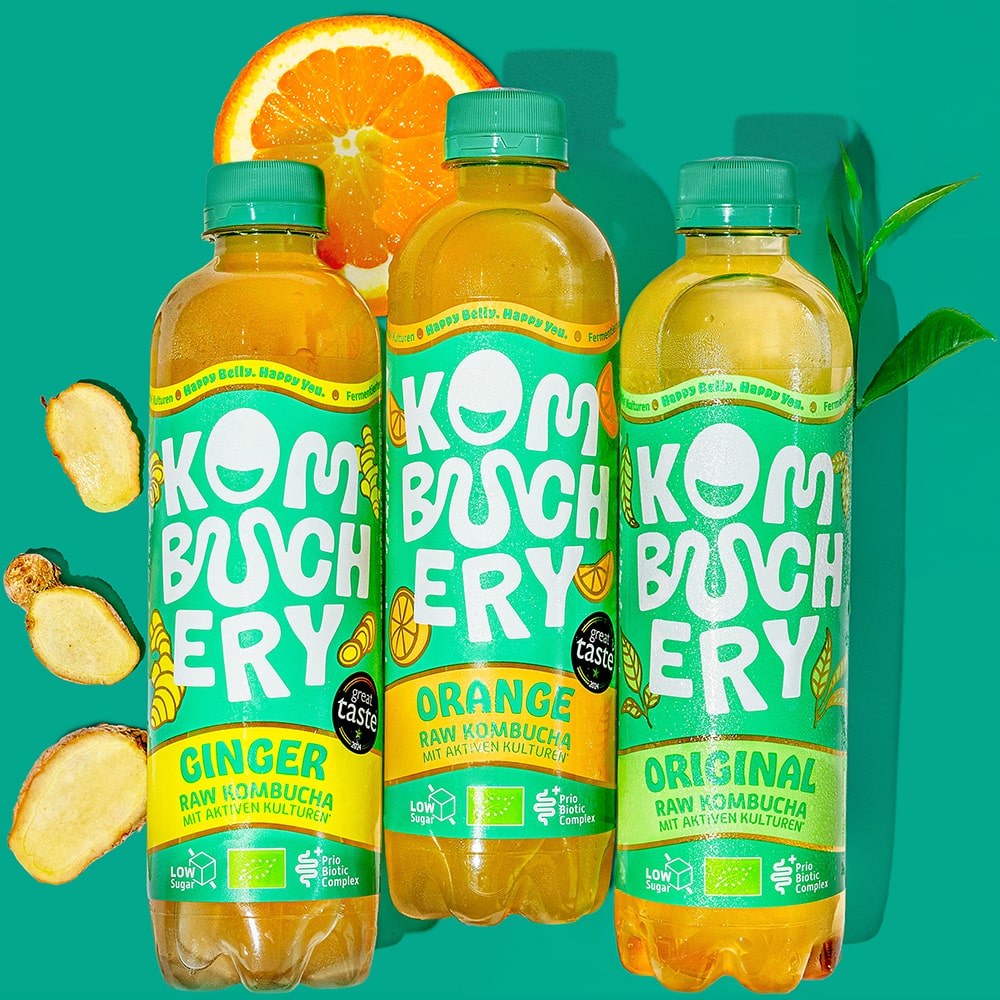
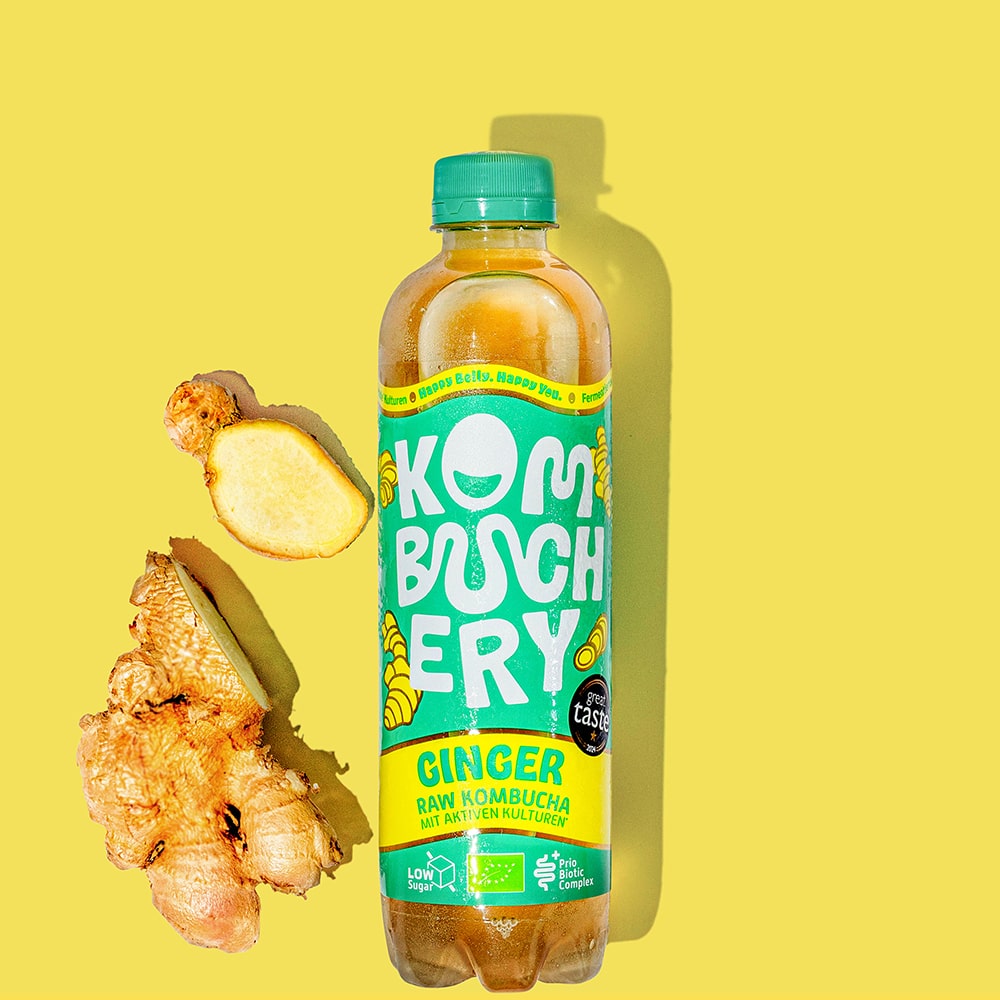
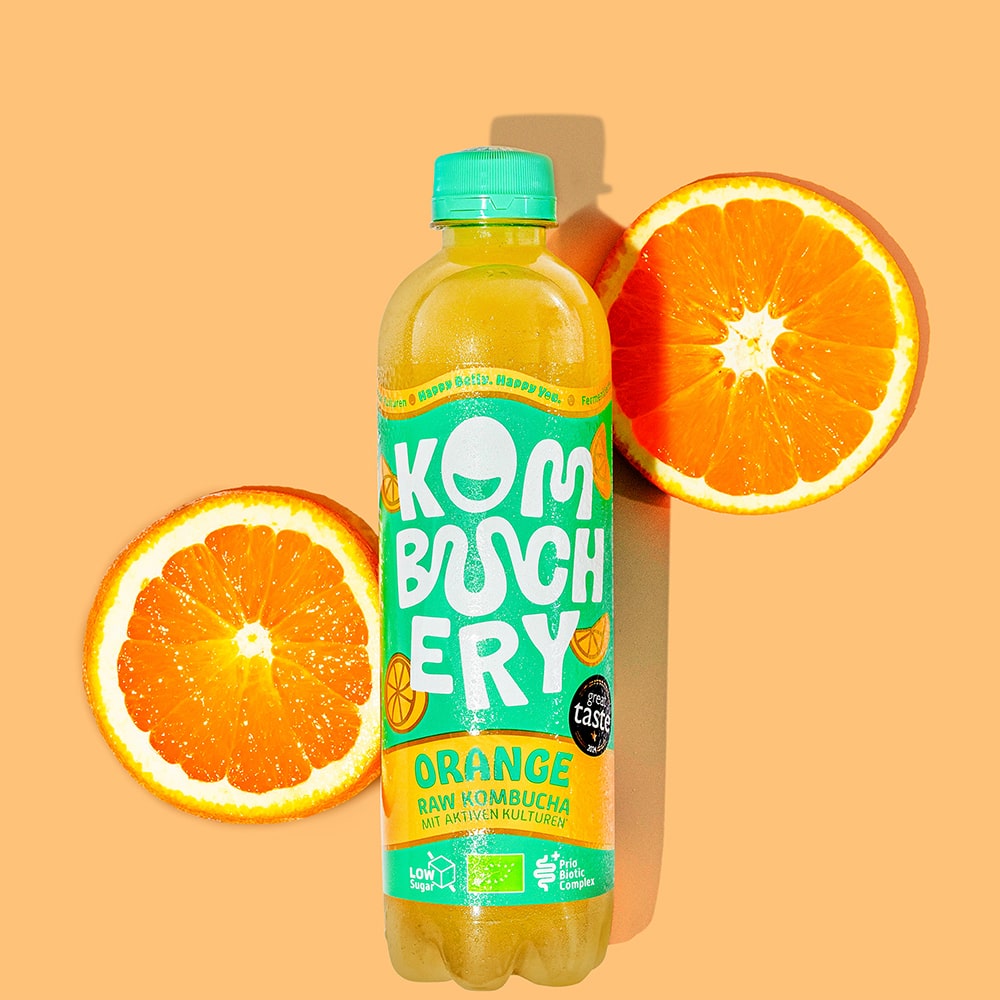
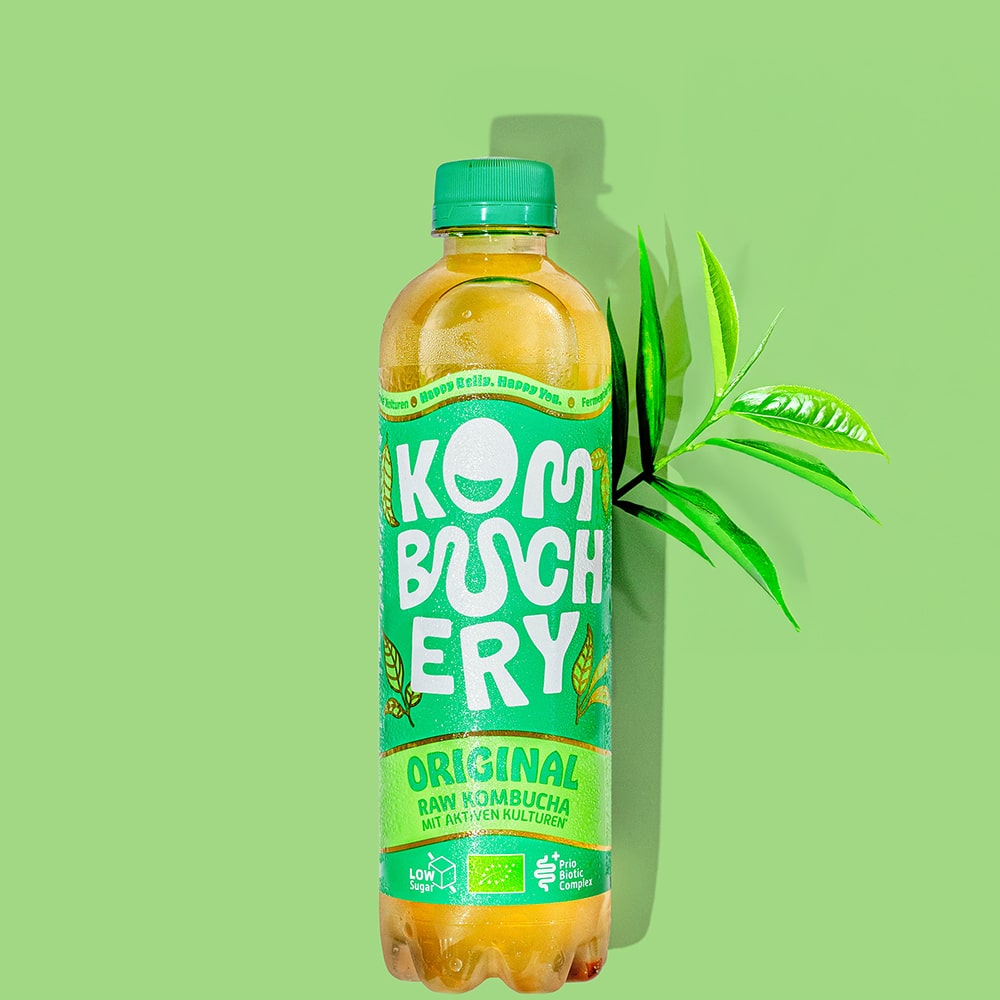
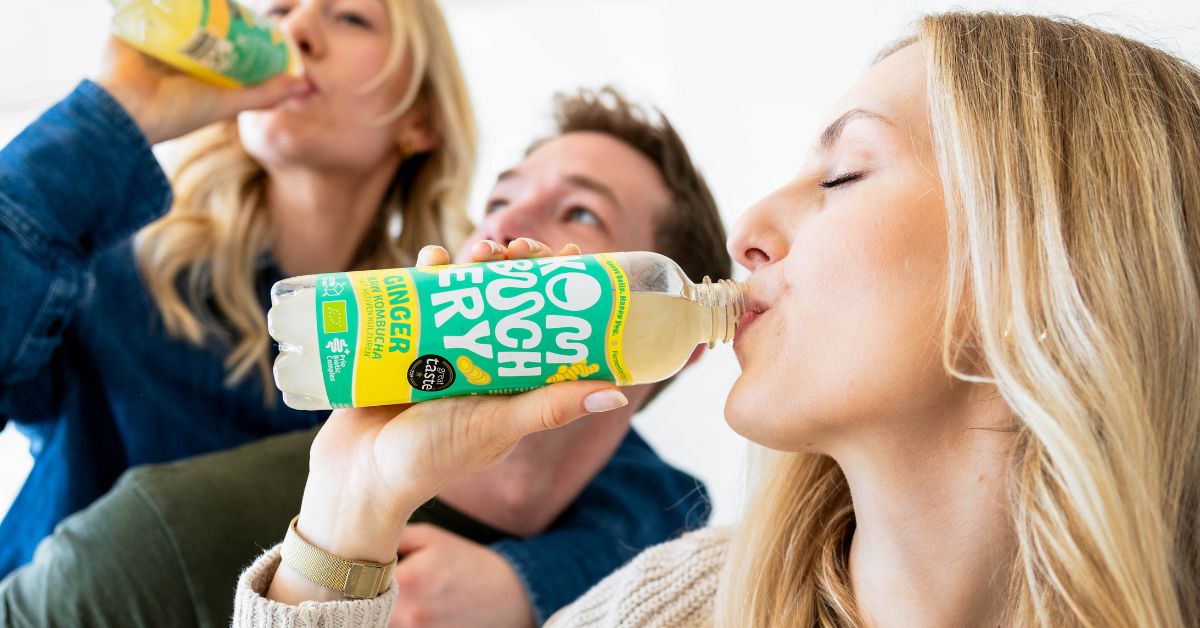
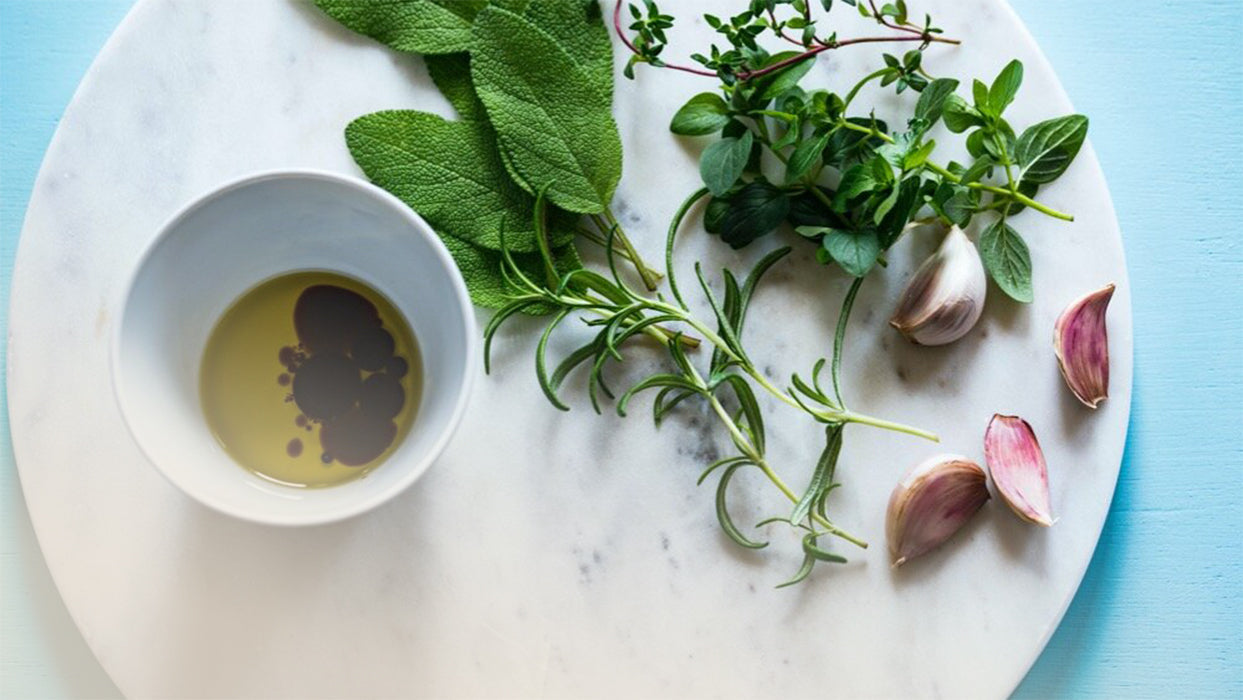
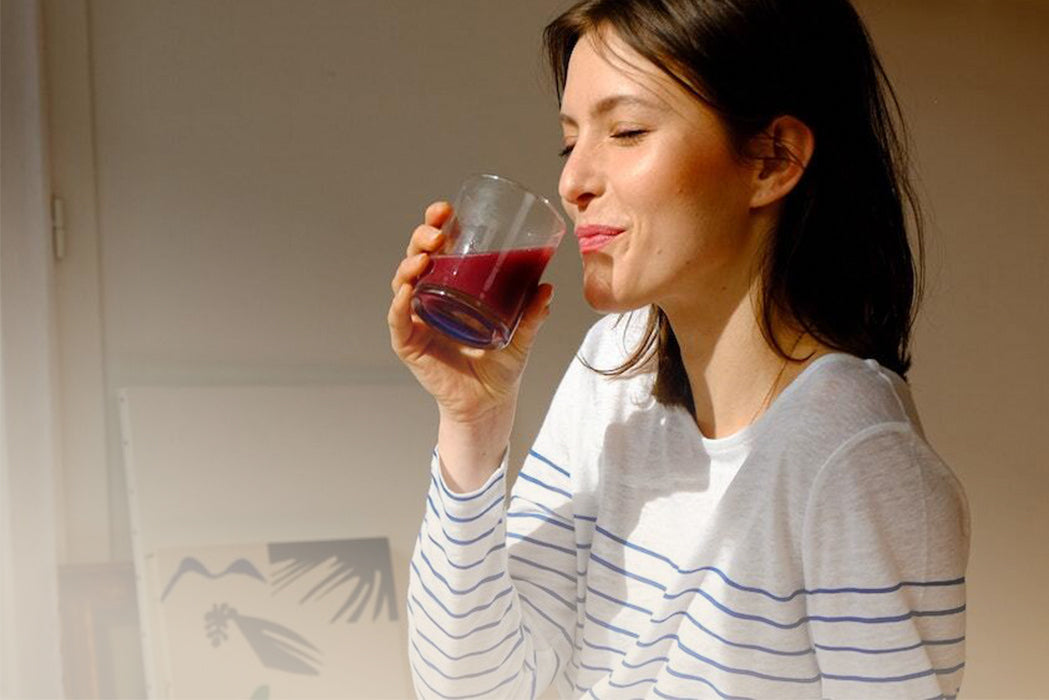

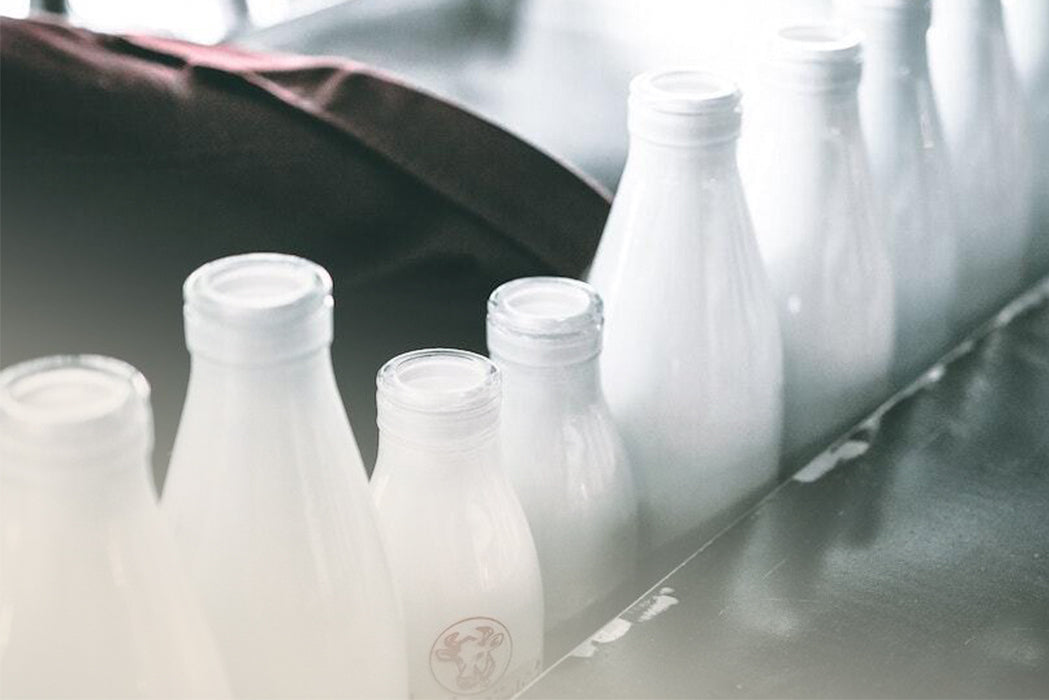
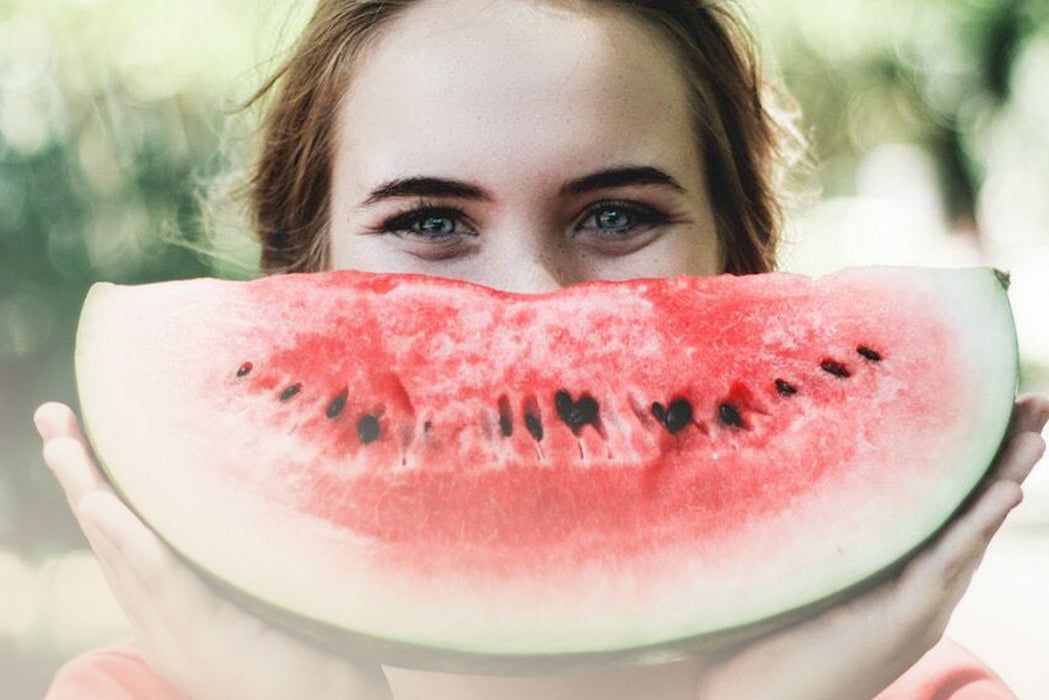
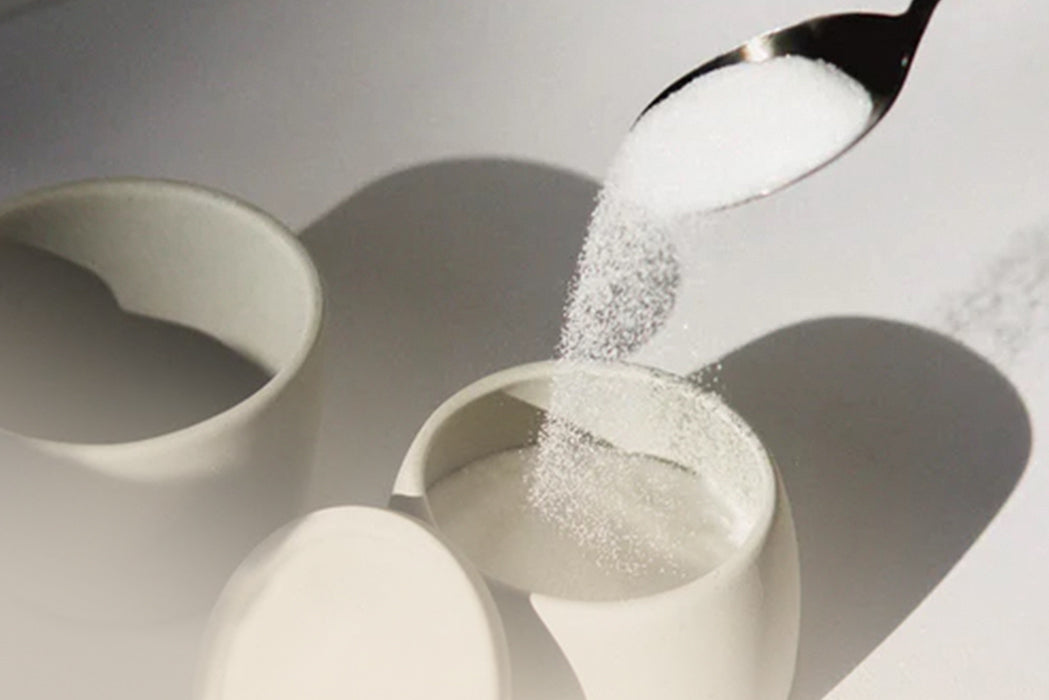
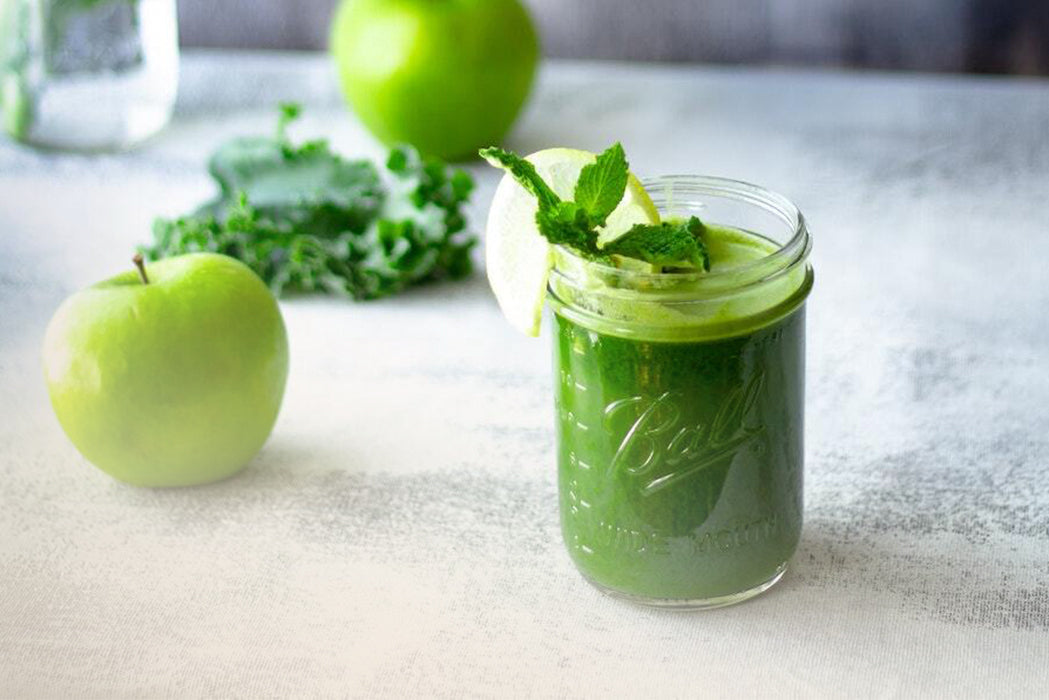
Split:
3 comments
SUPER TOLLE Einführung in das Thema. Kurz und trotzdem ausführlich genug.
DANKE … und jetzt gehts los mit der Zweitfermentation ;-D
Die beste Beschreibung überhaupt. Sehr ausführlich und interessant. Danke
Hallo und danke für die ausführlichen Infos.
in meiner Zweitfermentation (pur) entwickelt sich in den Flaschen immer ein Schleimpfropf. Warum und ist der schädlich? Ich bin noch nicht sehr mit dem Brauen des Kombuchas vertraut und hoffe auf eine Antwort.
LG Maria